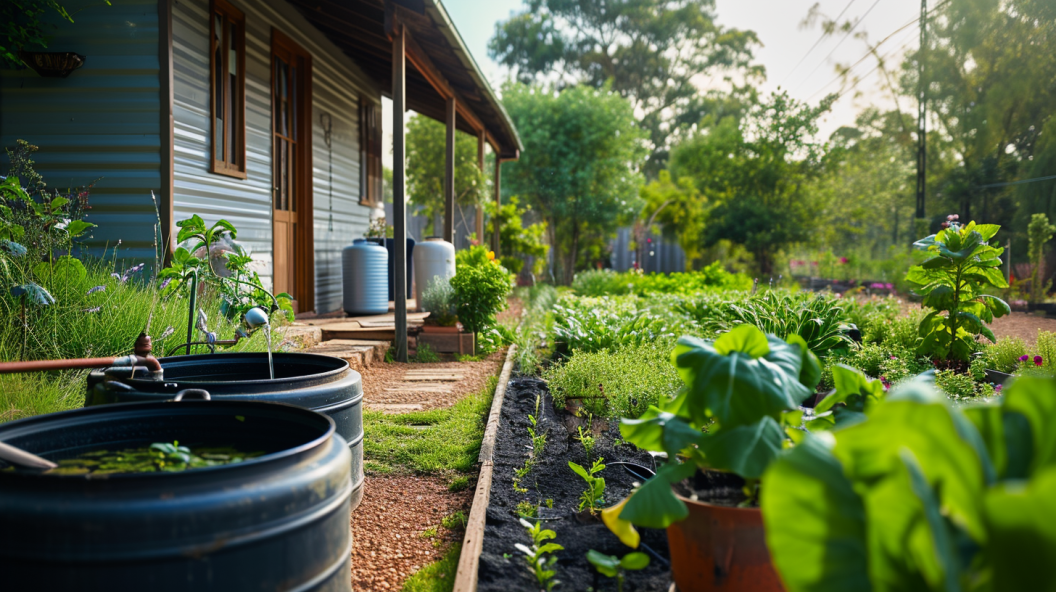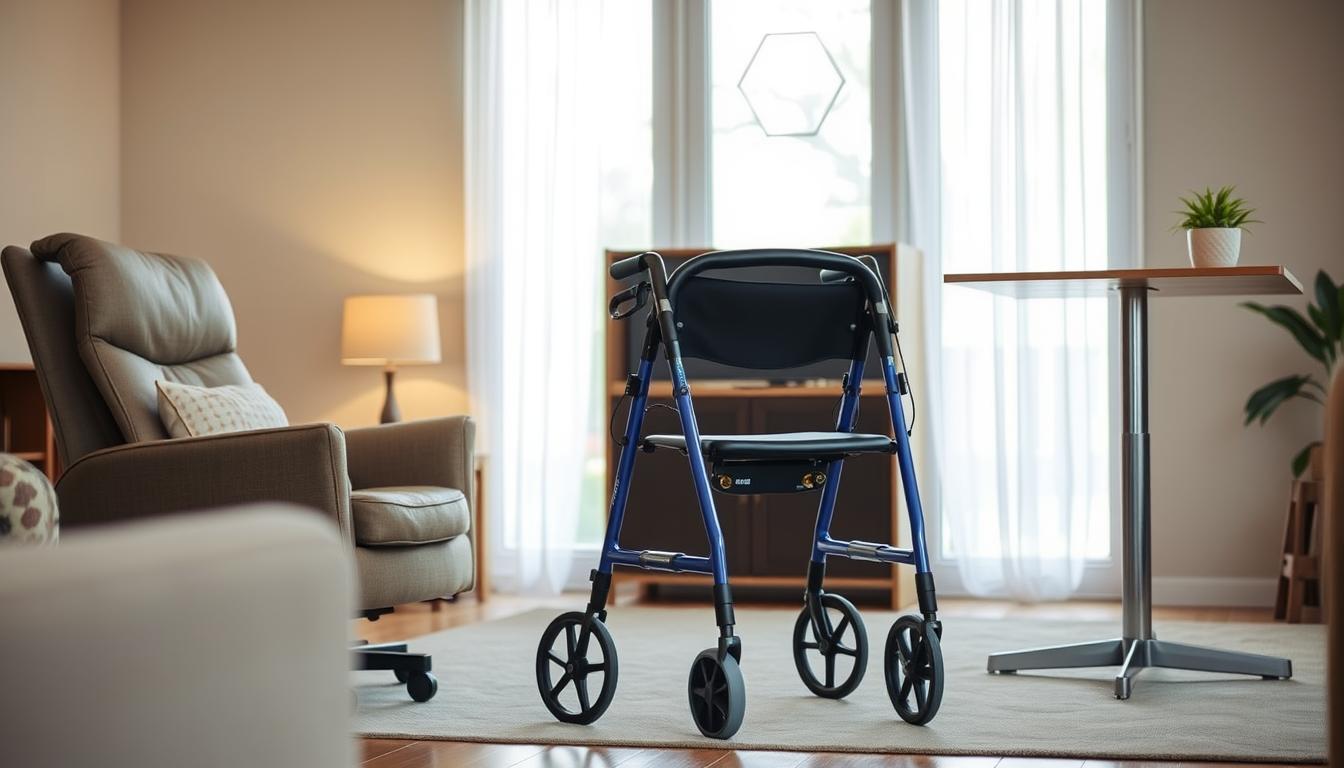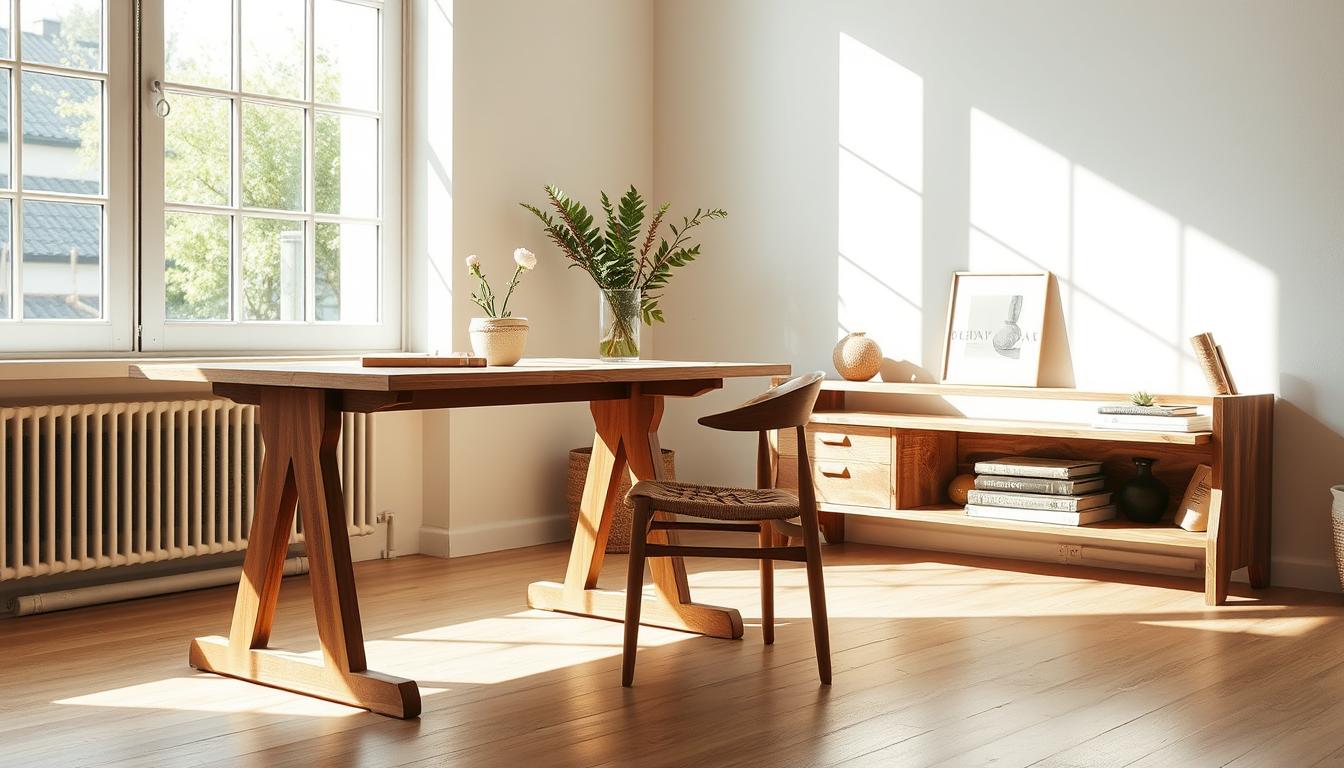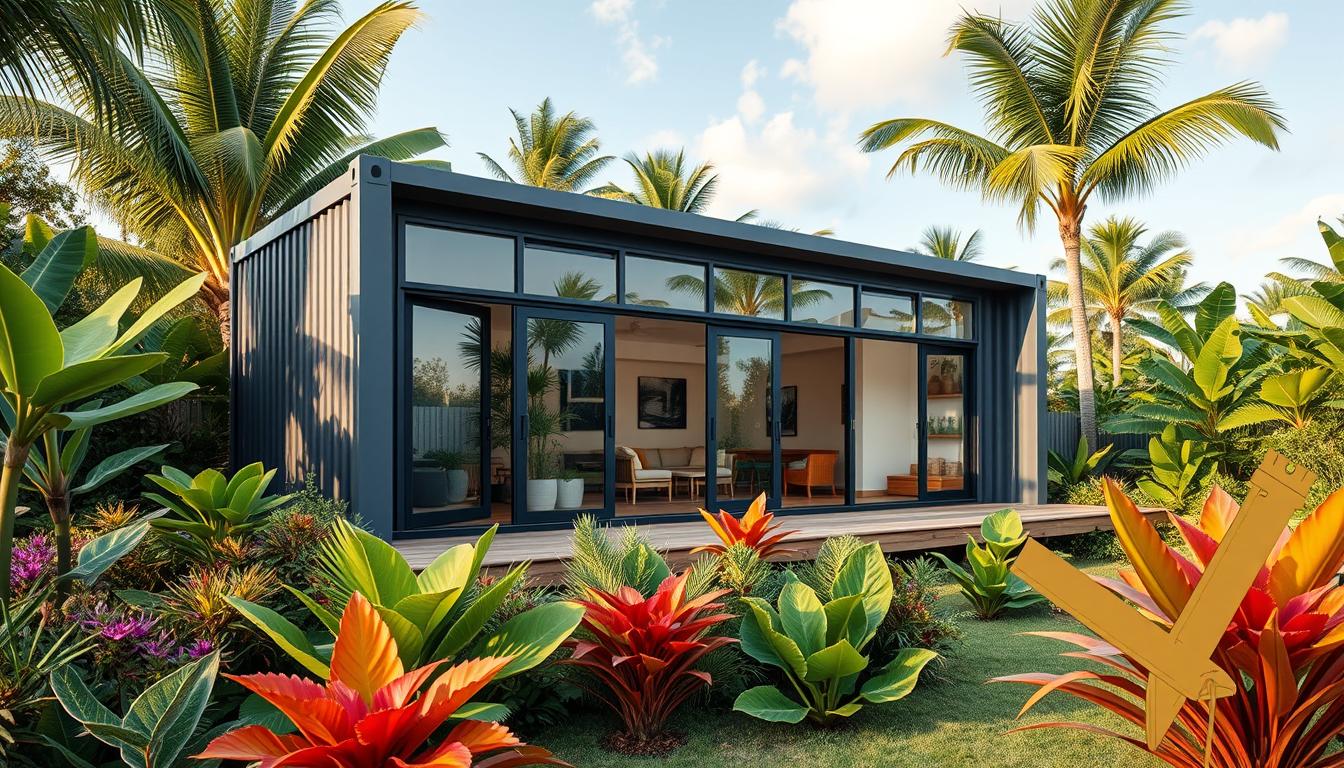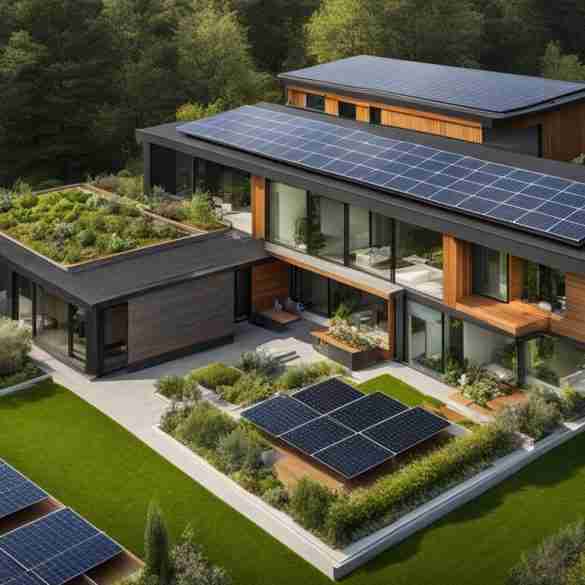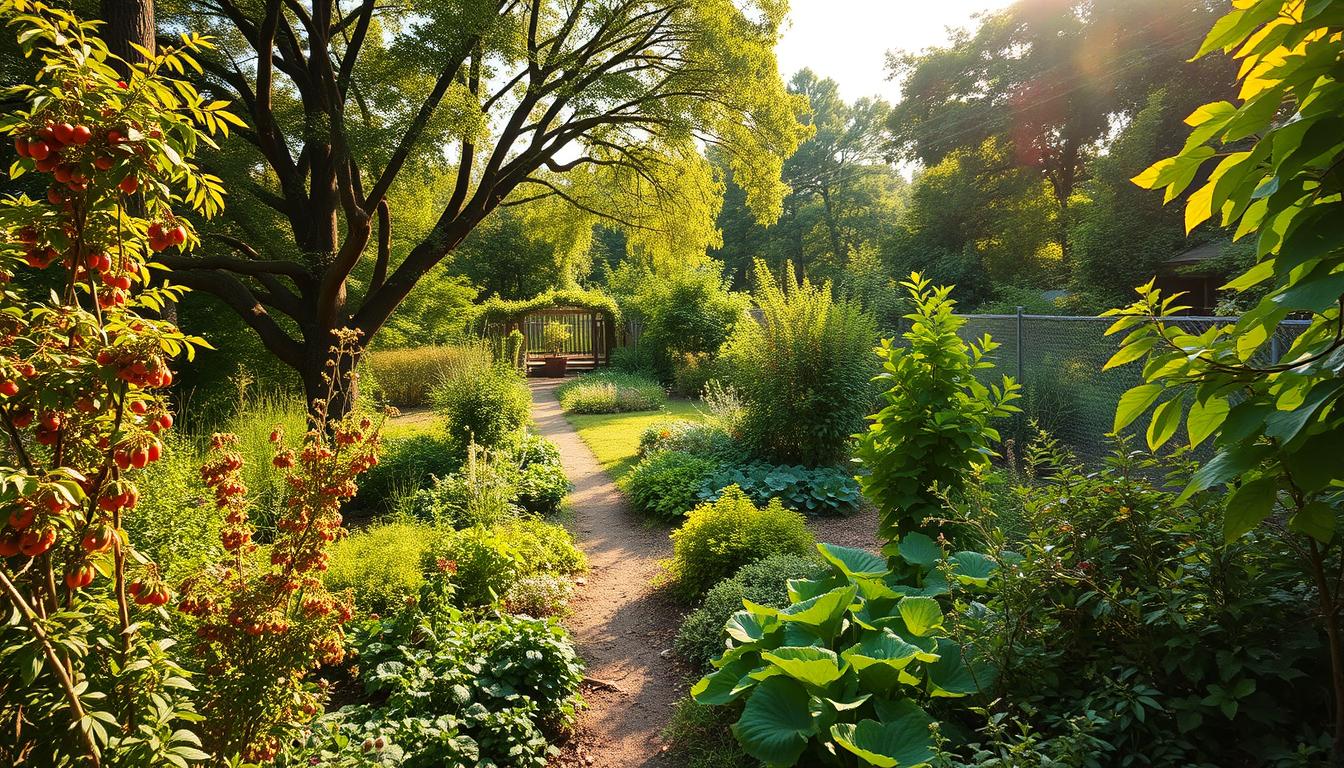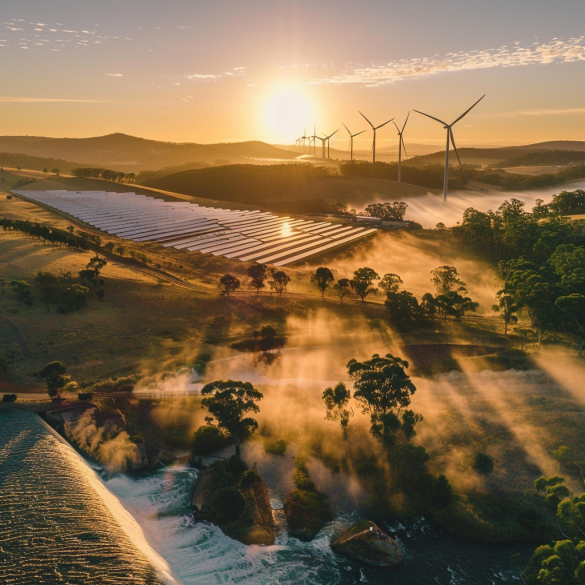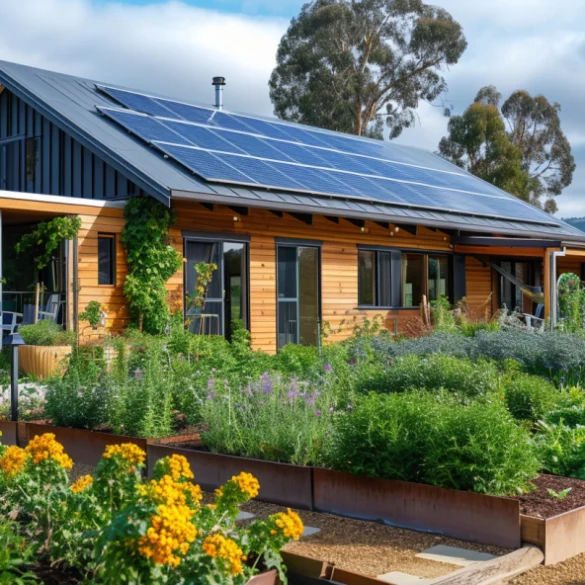Welcome to Sustainable Home Magazine! In this article, we’ll explore four eco friendly water conservation building features that promote sustainable building practices and help conserve our precious water resources. By incorporating these eco-friendly water conservation building features, and energy-efficient designs, you can create a more sustainable and environmentally friendly home.
Key Takeaways for Eco friendly water conservation Building features
- Upgrade to low-flow plumbing fixtures to minimize water consumption without sacrificing performance.
- Implement greywater recycling systems to reuse water for non-potable purposes like landscape irrigation and toilet flushing.
- Collect and utilize rainwater through rainwater harvesting systems to reduce reliance on freshwater sources.
- Incorporate sustainable landscaping practices, such as using native plants and water-efficient irrigation, to create eco friendly water conservation building features
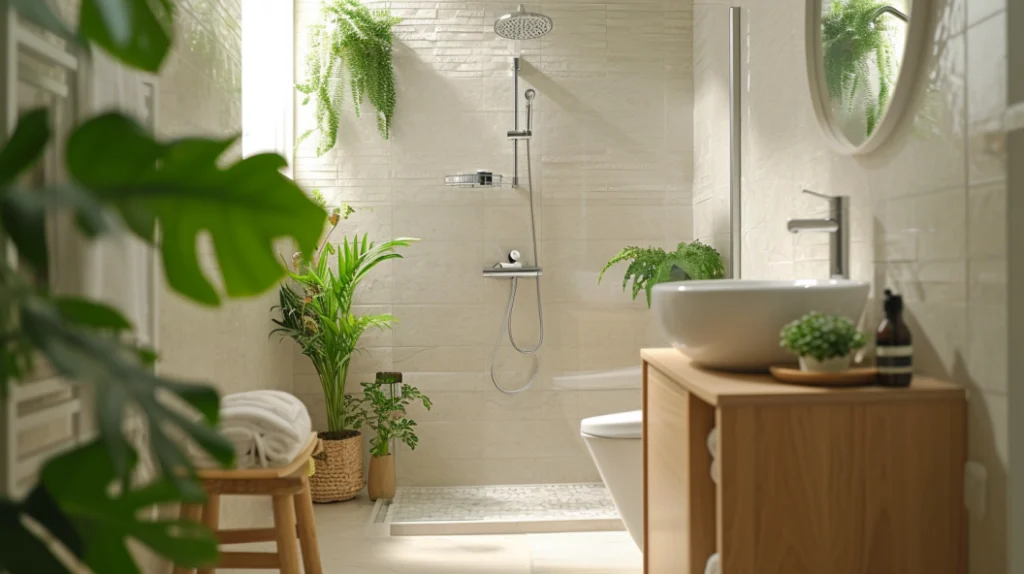
Water-Efficient Plumbing Fixtures that are eco friendly water conservation building features
When it comes to conserving water in buildings, upgrading to water-efficient plumbing fixtures is a smart choice. These fixtures not only help save water but also contribute to sustainable building practices and promote eco-friendly living. By incorporating low-flow fixtures into your home or office, you can significantly reduce water consumption without compromising performance or comfort.
Low-flow fixtures, such as toilets, faucets, and showerheads, are designed to minimize water usage while maintaining adequate water flow. These fixtures utilize innovative water-saving technology, including pressure-compensating valves and aerators, to efficiently reduce water waste. By installing low-flow fixtures in your bathrooms and kitchen, you can play an active role in eco friendly water conservation building features.
Not only do water-efficient plumbing fixtures help conserve water, but they are also environmentally friendly. By reducing water usage, you are contributing to the preservation of this precious resource and minimizing the strain on natural ecosystems. Additionally, water-saving fixtures can lead to cost savings on your utility bills, making them a wise investment for the long term.
Next time you consider renovating or building a new space, make sure to prioritize the installation of water-efficient plumbing fixtures. Their combination of low-flow technology, innovative design, and eco-friendly features makes them an essential component of any sustainable building project.
| Benefits of Water-Efficient Plumbing Fixtures |
|---|
| Conserves water resources |
| Reduces water consumption without sacrificing performance |
| Promotes sustainable living and eco-friendly practices |
| Minimizes strain on natural ecosystems |
| Leads to potential cost savings on utility bills |
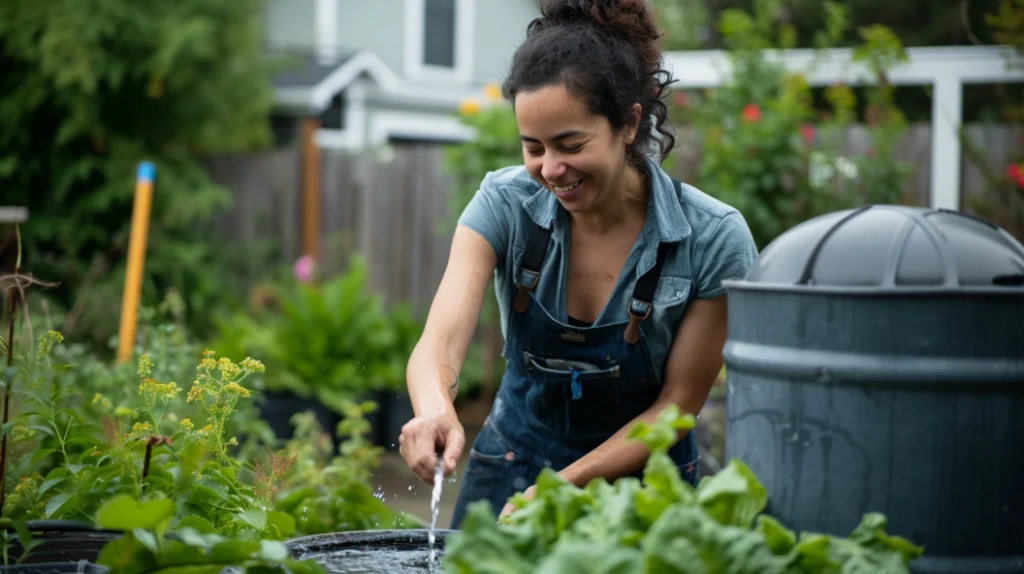
Greywater Recycling as eco eco friendly water conservation building features
Greywater recycling is a sustainable water management practice that involves capturing and treating wastewater from sources such as sinks, showers, and washing machines. This treated water, known as greywater, can then be reused for non-potable purposes like landscape irrigation and toilet flushing. Greywater recycling systems use filtration and disinfection processes to ensure the water is safe for its intended reuse. By implementing greywater recycling systems, buildings can reduce their reliance on freshwater sources and contribute to sustainable water management.
The reuse of greywater not only helps conserve water but also promotes sustainable water management. Instead of using freshwater for activities like watering gardens or flushing toilets, non-potable greywater can efficiently fulfill these needs. Implementing greywater recycling systems in buildings is a practical solution for reducing water consumption and building a more environmentally conscious future.
Greywater recycling systems utilize advanced technology to treat greywater and make it suitable for non-potable purposes. Filtration processes remove contaminants, while disinfection methods ensure the water is safe for reuse. Once the greywater is treated, it can be stored in tanks and used for various non-potable applications, such as irrigation systems or toilet flushing. This closed-loop system reduces the strain on freshwater sources and contributes to sustainable water management practices.
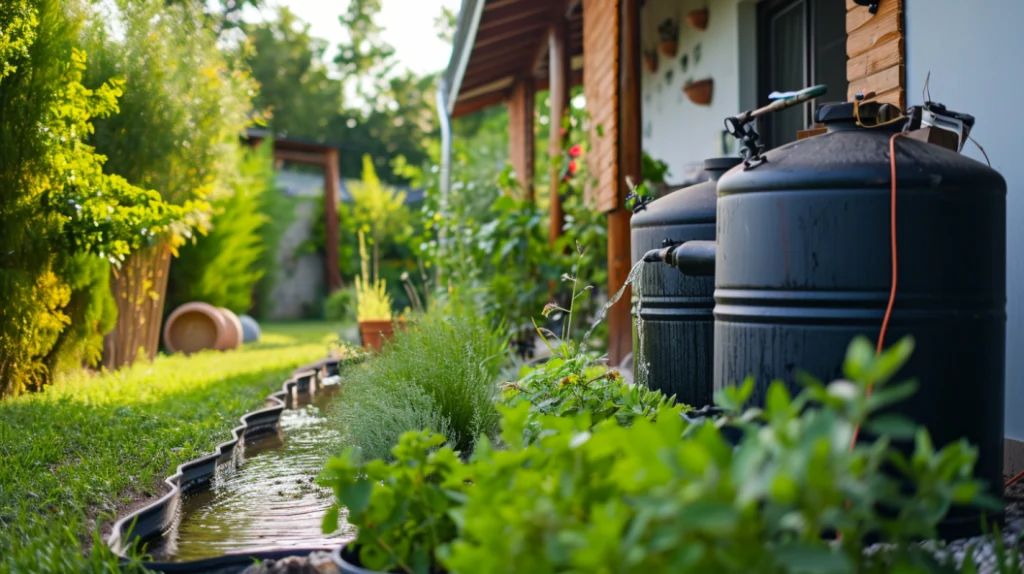
Rainwater Harvesting for eco friendly water conservation building features
Rainwater harvesting is a sustainable water management strategy that allows buildings to reduce their reliance on freshwater sources and instead utilize rainwater for various purposes. With the increasing need for sustainable water sources, rainwater harvesting has gained significant attention in recent years.
Rainwater harvesting systems involve the collection and storage of rainwater for later use. These systems typically consist of collection surfaces, such as rooftops, gutters, and downspouts, which channel rainwater into storage tanks or underground cisterns. By capturing and storing rainwater, buildings can create a reliable supply of water that can be used for diverse applications, including landscape irrigation, toilet flushing, and laundry.
One of the key advantages of rainwater harvesting is its contribution to water conservation efforts. By utilizing rainwater instead of relying solely on freshwater sources, buildings can conserve precious water resources and reduce their environmental impact. Additionally, rainwater is naturally soft and free from certain contaminants, making it suitable for various non-potable uses.
Implementing rainwater harvesting systems requires careful planning and design to ensure optimal functionality and efficiency. Factors such as the size of collection surfaces, storage capacity, and filtration systems need to be considered to maximize the benefits of rainwater usage.
By integrating rainwater harvesting into sustainable building practices, individuals and communities can contribute to water conservation and create a more environmentally friendly future by improving the eco friendly water conservation building features.
| Benefits of Rainwater Harvesting |
|---|
| 1. Reduces reliance on freshwater sources |
| 2. Conserves water resources |
| 3. Provides a sustainable water source |
| 4. Can be used for various non-potable applications |
| 5. Helps as an eco friendly water conservation building features |
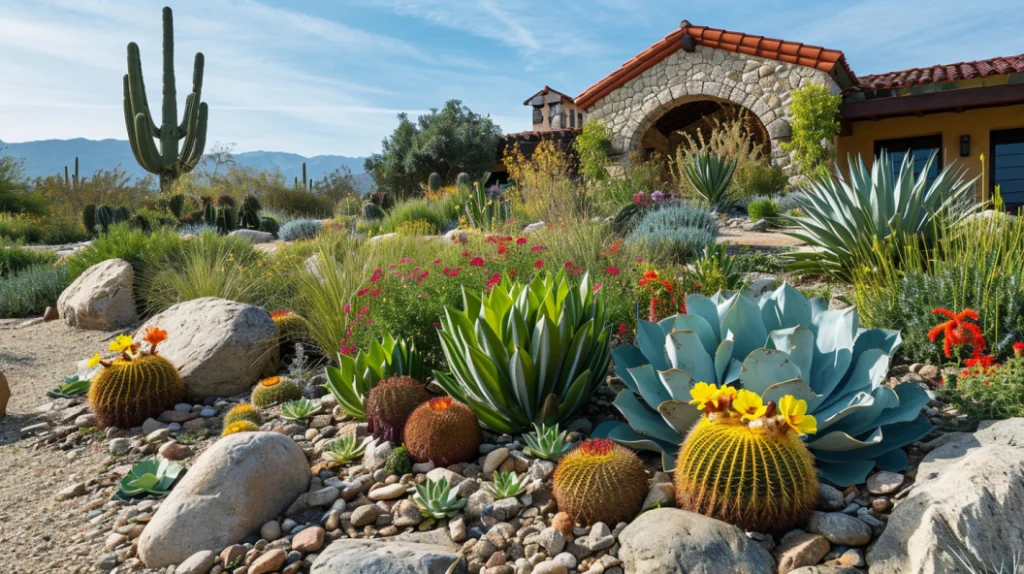
Sustainable Landscaping for eco friendly water conservation building features
Creating Eco-Friendly Outdoor Spaces
Sustainable landscaping is a crucial component of eco-friendly home design. By incorporating sustainable practices into your garden, you can create outdoor spaces that promote biodiversity, conserve water, and minimize environmental impact. Not only will you be contributing to a healthier planet, but you’ll also be creating a stunning landscape to enjoy.
One key aspect of sustainable landscaping is choosing native plants. Native plants are adapted to the local climate and require less water and maintenance compared to exotic species. They also provide habitat and food for local wildlife, contributing to a thriving ecosystem. By selecting native plants for your garden, you can reduce water consumption and support biodiversity in your area.
Another important consideration is water-efficient irrigation. Traditional irrigation systems can be wasteful, leading to excessive water usage. By utilizing water-efficient irrigation methods such as drip irrigation or smart watering systems, you can ensure that water is delivered directly to the plant’s roots, minimizing evaporation and water waste. This not only helps conserve water but also promotes healthier plant growth.
Sustainable landscaping is not only beneficial for the environment, but it also adds value to your property. Potential buyers and visitors are increasingly seeking homes with eco-friendly features, including beautiful and sustainable outdoor spaces. By creating an eco-friendly garden, you can enhance your property’s curb appeal and attract environmentally conscious individuals.
FAQ
What are some eco friendly water conservation building features?
Eco friendly water conservation building features include water-saving fixtures, such as low-flow toilets, faucets, and showerheads, as well as rainwater harvesting and greywater recycling systems. These features promote water conservation and sustainable building practices.
Are low-flow plumbing fixtures contribute to eco friendly water conservation building features?
Low-flow plumbing fixtures, such as toilets, faucets, and showerheads, are designed to minimize water usage without compromising performance. They use innovative technology, such as pressure-compensating valves and aerators, to maintain adequate water flow while reducing water waste. Upgrading to low-flow fixtures can significantly reduce water consumption in buildings.
What is greywater recycling?
Greywater recycling is a sustainable water management practice that involves capturing and treating wastewater from sources like sinks, showers, and washing machines. The treated water, known as greywater, can be reused for non-potable purposes such as landscape irrigation and toilet flushing. Greywater recycling systems use filtration and disinfection processes to ensure the water is safe for reuse.
How does rainwater harvesting work?
Rainwater harvesting is the practice of collecting and storing rainwater for later use. It involves utilizing collection surfaces like rooftops, gutters, and downspouts to channel rainwater into storage tanks or underground cisterns. This stored rainwater can then be used for purposes such as landscape irrigation, toilet flushing, and laundry, reducing the reliance on freshwater sources.
What does sustainable landscaping do for eco friendly water conservation building features?
Sustainable landscaping involves designing outdoor spaces that are environmentally friendly and resource-efficient. It incorporates practices such as using native plants, implementing water-efficient irrigation systems, and promoting biodiversity. Sustainable landscaping helps conserve water, minimize environmental impact, and create beautiful outdoor spaces.
Source Links
- https://www.linkedin.com/pulse/rise-eco-friendly-homes-sustainable-features-benefits-dillon-eversole

